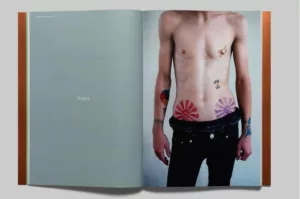Everyone knows what a pen pal is – a long distance friend to correspond with via letters. But what about a lens pal? (Celluloid pal just doesn’t have the same ring to it.) Well, former University of the Arts classmates Scott McMahon (New Mexico) and Ahmed Salvador (Philadelphia) have taken it upon themselves to give the idea a shot. At The Light Room Gallery in Fairmount, “The Letters Project: Light and Chemical Correspondence” takes a look at just what such a long-distance artistic relationship entails.
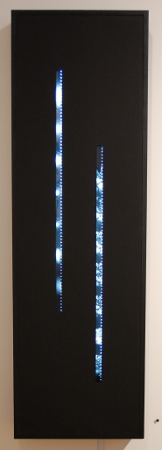
Film photography having gone the way of letter writing, it is interesting that Salvador and McMahon have used both old school methods in their project. They effectively thumb their noses at the march of time and dive headfirst into a snail mail exchange of physically-altered film and pinhole camera captures. The result is an anachronistic but relevant show of images that would otherwise be nearly impossible to replicate.
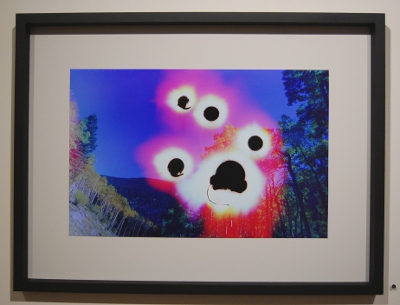
One surreal example of the artists’ process is “Aspens Photographed in Santa Fe with Holes Drilled in Philadelphia (Leaking Back to New Mexico)”. The title itself does a fairly good job of explaining the method: a roll of images from Salvador’s vacation in New Mexico was punctured a number of times with a drill bit and sent on its way to be developed by McMahon. The resulting image is a tree-lined valley beneath dark, floating orbs and a warm, pinkish glow. It’s as if the sky of the Southwest had somehow broken out with a serious case of sunspots. This beautiful but unnerving landscape is one of the show’s highlights.
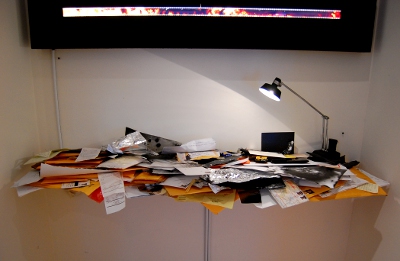
Nearby, as part of the exhibit, rests a shelf covered in the various leftovers from Salvador and McMahon’s exchanges. The mix of personal effects, handwritten notes, receipts and photographic components like foil, leaves and punctured rolls of film provide a glimpse of the artists’ methods. While not a necessary addition to the show, peering into the process behind the pictures is helpful to those not well-versed in traditional photography. And the artifacts help to humanize the artwork.
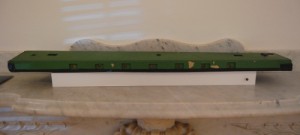
Also on display is the pinhole camera used to record 16mm short films which play on the wall above the device. The camera itself was actually shipped between the artists — with film inside and a filter to prevent overexposure. The idea was that each artist would contribute to the films shot in transit. The shots of the transit usually include a few seconds of darkness between recognizable images, creating a sort of unconscious frame or buffer between films. The captures themselves are crude and surreal, but attempting to decipher them is half the fun. Many of the backlit filmstrips on the walls are the original stills from these movies (see top image).
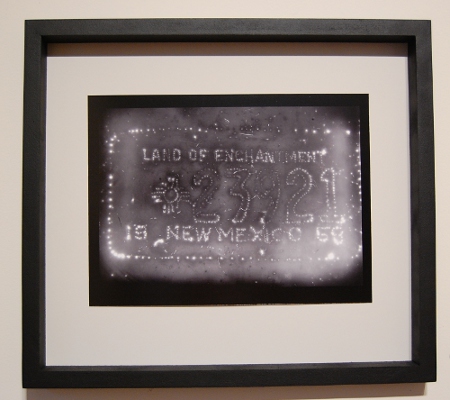
Other experiments tackled in the show include holes punched through tinfoil to create negatives, or film wrapped with leaves, feathers or other objects, which imprint themselves on the developing celluloid. These experiments originated with one artist and were shipped to the other artist to be developed. One resulting photo is reminiscent of the old Lite Brite pegboard toy many people played with as a child. Here the glowing white points trace a New Mexico license plate, hinting at the picture’s origins and travels.
McMahon and Salvador take a foray to the roots of photography while giving the struggling Postal Service a little bump along the way. Their results are imaginative and riddled with the happy accidents of unpredictable chemistry. In a world of instant downloads, e-mail and digital imaging, the antiquated and technophobic feel of the show is more than a little refreshing. Perhaps next time they’ll try a Daguerreotype via steam engine, but until then “The Letters Project” will do just fine. More about the artists and the Letters Project here.




